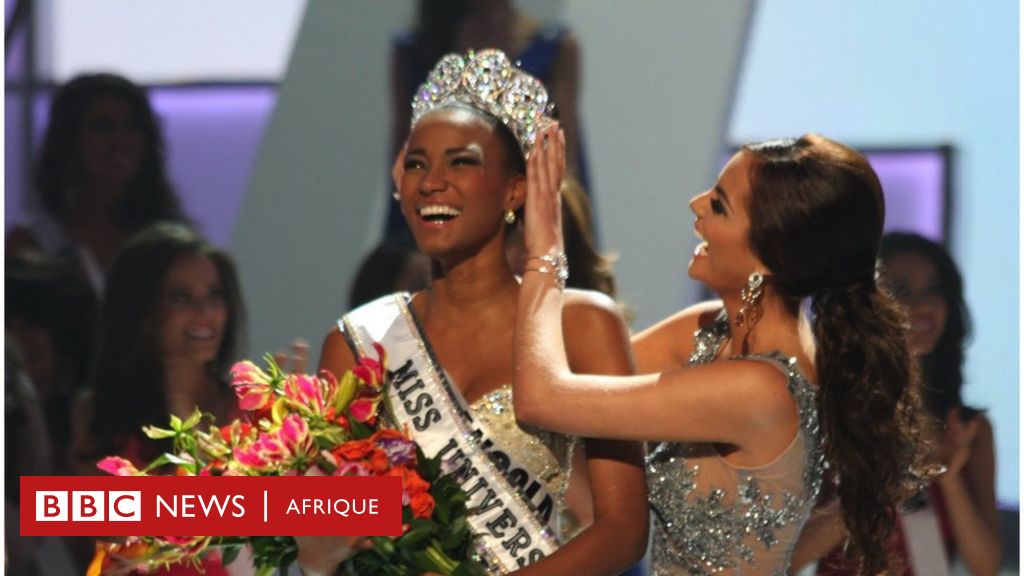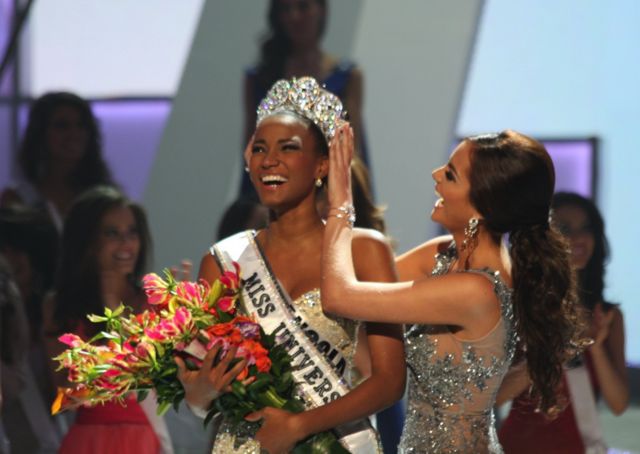- Israel Campos — @ICampos2000
- BBC News Brazil in London
—
an hour ago
Photo credit, Getty Images
—
Luanda, capital of Angola
–
With an intersecting history, Angola and Brazil have a lot in common, thanks in large part to the cultural heritage they share. And these similarities go far beyond the Portuguese language.
–
Discover below some of these curiosities that we have selected to toast the ties that unite these two countries considered as brothers.
–
1. The arrival of the Portuguese
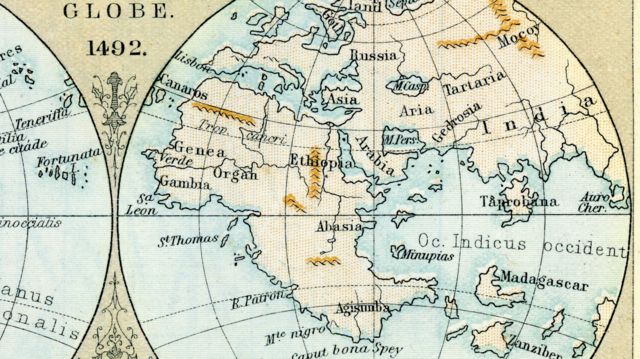
Photo credit, Getty Images
—
–
Angola is one of 54 African countries and is located on the west coast. The country has borders with the Democratic Republic of Congo, Zambia and Namibia.
–
Its geographical location, bathed by the Atlantic Ocean, was a determining factor in the fate of Angola when, at the end of the 15th century, this region became the target of Portuguese navigators who were looking for a way to reach the suppliers of the popular spice trade in Asia.
–
Led by the navigator Diogo Cão, the Portuguese first landed in Angola in 1482, that is to say 18 years before arriving in Brazil.
–
Luso-Angolan historian Alberto Oliveira Pinto asserts that: “Portuguese policy at the time was to try to find the limit of Africa, and to find African partners in the slave trade that already existed”.
–
But it is worth mentioning that colonization in Angola will not officially begin until almost a century later, in 1575.
–
2. Origin of the peoples of Angola
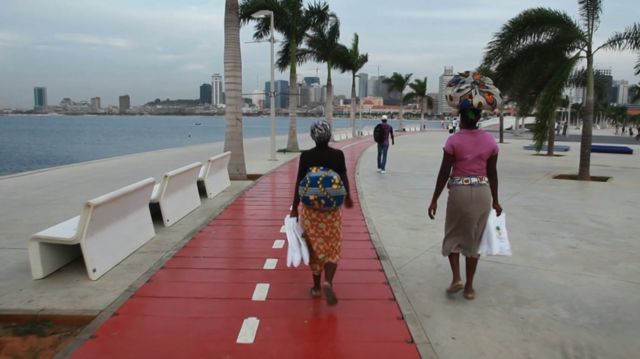 —
—
–
Angola has a great cultural diversity, the fruit of its ethnic richness. It has more than 30 million inhabitants and speaks more than 20 languages, including Kimbundu, Umbundu, Nguuela, Kwanyama, as well as Portuguese and many others.
–
This diversity is largely explained by internal migration and the long history of human occupation in Africa.
–
The first recorded inhabitants of Angola are the Khoisan, who were considered great hunters.
–
The Bantu people arrived in what is now known as Angolan territory around the 6th century AD. They were an ethnic melting pot that would not be limited to Angolan borders due to a sad chapter in history that ended up creating ties between Brazil and Angola: colonization.
–
“The Bantu peoples penetrated what was to become the region of Angola in successive waves, and for centuries, for a millennium, but did not penetrate the territory of Angola until the first millennium after Jesus- Christ,” says Oliveira Pinto.
–
3. Slaves from Angola
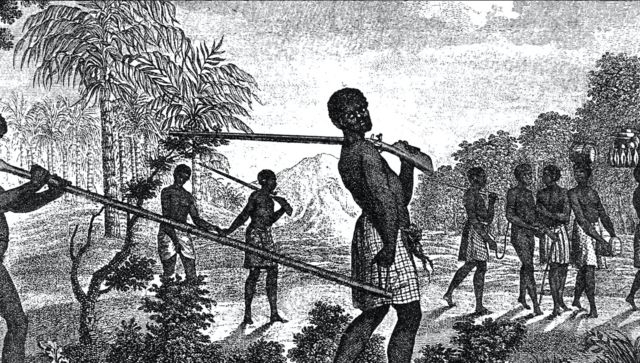
Photo credit, Getty Images
—
–
Most of the enslaved Africans who arrived in Brazil came from Angola. Portuguese economic interest in the country included the exploitation of natural resources and, above all, the large-scale exploitation of the slave trade.
–
In general figures, 10 million Africans were taken to the so-called New World. It is estimated that around 5 million of them have left Angola. Some were native to Angola and others were taken from other parts of the continent and shipped from Angola to the Americas.
–
Luso-Angolan historian Alberto Oliveira Pinto asserts that Luanda, the capital of Angola, was one of the main ports for the slave trade from Angola to Brazil.
–
“There has always been a permanent relationship between Luanda and the Brazilian ports, be it Salvador, Santos or Rio de Janeiro. And there were Brazilian-Angolan families, who lived part of the time in Brazil, another part of the time in Angola, and there are still today,” he said.
–
4. Influence of Angolan languages on Brazilian Portuguese
And our fourth curiosity is the language shared between the two countries. And we are not talking about Portuguese, but precisely about the influence of Bantu languages in the vocabulary.
–
From Bantu languages come words like moleque, dengo, cafuné, caçula, cachimbo, bunda, farofa, muvuca, quitanda, samba, bagunça, lengalenga, and many others like senzala and quilombo.
–
The Angolan linguist Ezequiel Bernardo considers that “Angola and Brazil are linked by spirituality because the language itself is a historical cultural symbolic element that involves a series of questions”.
–
“This relationship that exists, and which was influenced by colonization and slavery, as such, meant that Brazil had several words from the Kimbundu and Umbundu language in its Portuguese,” he adds.
–
5. Brazil was the first country to recognize Angola’s independence.
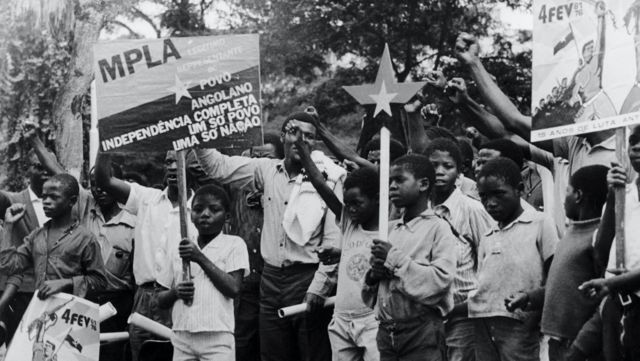
Photo credit, Getty Images
—
–
Brazil was the first country in the world to recognize Angola’s independence on November 11, 1975, after more than 300 years of Portuguese colonization.
–
On January 4, 1961, Angola experienced what has been considered the first rebellion against colonial rule, organized by the workers of an Angolan cotton company.
–
This rebellion went down in history as the “Revolt of Lower Cassanje” and marked the beginning of a struggle that would culminate, years later, in independence in 1975.
–
It should be remembered that Brazil became independent from Portugal in 1822, a century and a half before Angola.
–
This delay in Angola has something to do with the “Partition of Africa” which, in 1885, officially divided the African continent between the European powers of the time, bringing about a second wave of colonization, the “neo-imperialism “.
–
Angola, which was already colonized since the first navigations, remains under Portuguese control. In other words, it went through the two waves of European colonization.
–
6. Civil war and peace in Angola
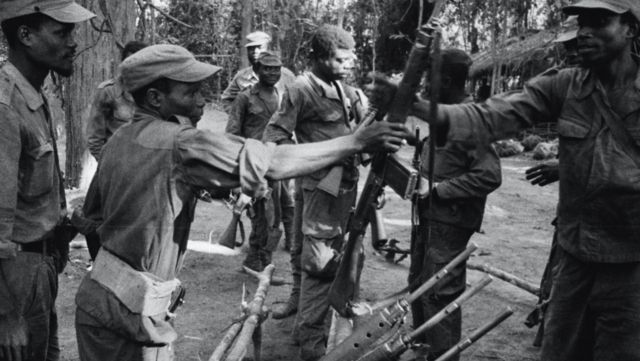
Photo credit, Getty Images
—
–
Independence plunged Angola into nearly three decades of civil war. After independence, the Portuguese left the country without formally ceding control to any of the groups fighting for independence, the MPLA, UNITA and FNLA, – and the war between them lasted until 2002.
–
Angola is a republic, but a curious fact is that from 1975 until today, the country has had only one ruling party, the MPLA, the Movement for the Liberation of Angola.
–
Opposition parties accuse the MPLA of using its power and dominance over Angolan institutions to fraudulently win the elections. The party denies it.
–
According to a recent study by the Center for Strategic African Studies, the MPLA “systematically pursues this goal of staying in power through a series of clumsy maneuvers that maximize its control over state structures.”
–
The party was born out of an independence movement and has roots in the left.
–
Recall that Angola emerged as a nation during the Cold War and entered the Soviet sphere of influence until the 1990s, when it moved closer to the capitalism of so-called Western countries.
–
And just like in Brazil, in 2022 there will be presidential elections in Angola as well.
–
7. The natural riches of Angola
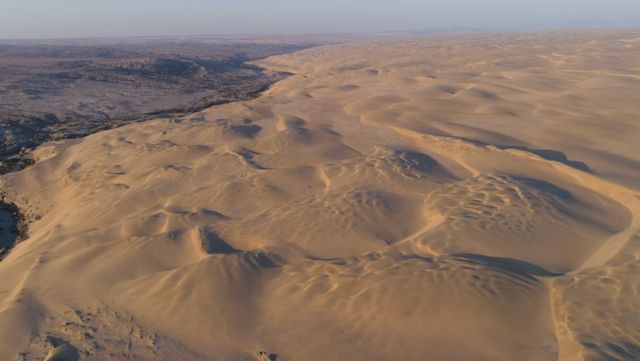
Photo credit, Getty Images
—
–
Angola is a country rich in natural resources, and one of the main oil producers in Africa. It is also one of the African countries with the greatest diversity of biomass. There are savannahs, tropical forests, humid and marine ecosystems.
–
And that’s where the Namib Desert is. This desert is over 55 million years old and is believed to be the oldest desert in the world.
–
Angola is also home to the Mayombe Forest, which is the second largest forest in the world, second only to one. Guess which one? Yes, the Amazon.
–
8. Samba or Semba?
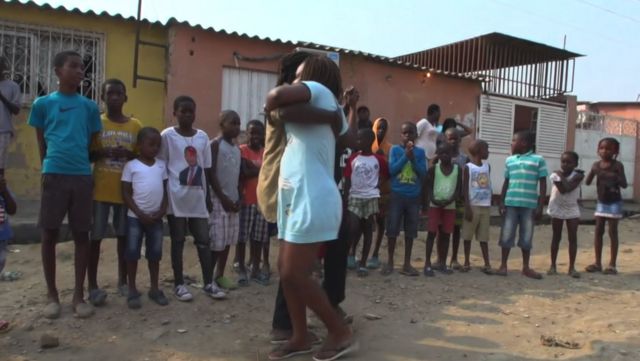 —
—
–
In Angola, there are several styles of music. The most popular abroad are kizomba and kuduro. Kizomba means “party” and originated in Angola in the 1980s. It’s one of the most popular styles of music in Angola, and it takes two to dance to it.
–
Born in Luanda, kuduro is one of the most popular rhythms in Angola, once best known in the suburbs but now recognized and respected throughout the country.
–
Semba is another traditional Angolan style that brings many people together in party circles. And did you know that the word “samba” is of Angolan origin and comes from the word Semba – which in Kimbundo means “navel”?
–
Brazilian researcher Nei Lopes, for example, claims that for the Quito people of Angola, the word “samba” is a verb meaning “to cavort, to play, to have fun like a goat”.
–
9. Brazilian influence in Angola
The soap operas, their characters and their stories are and have been so successful in Angola that the largest popular open-air market in Africa has even been named “Roque Santeiro”, in honor of the Brazilian soap opera broadcast in Angola In the 1980’s.
–
Ana Paula Lisboa is a Brazilian textual artist and has lived in the Angolan capital, Luanda, since 2016. She also told us about this artistic influence of Brazil in Angola.
–
“Everywhere I go [à Luanda], all my friends listen to contemporary Brazilian music. Besides what they have already heard, like Zezé di Camargo and Luciano, Chitãozinho and Xororó, Leandro and Leonardo, Roberta Miranda – Roberta Miranda is an idol, a goddess, in this country, so she is worshiped here,” she said. .
–
